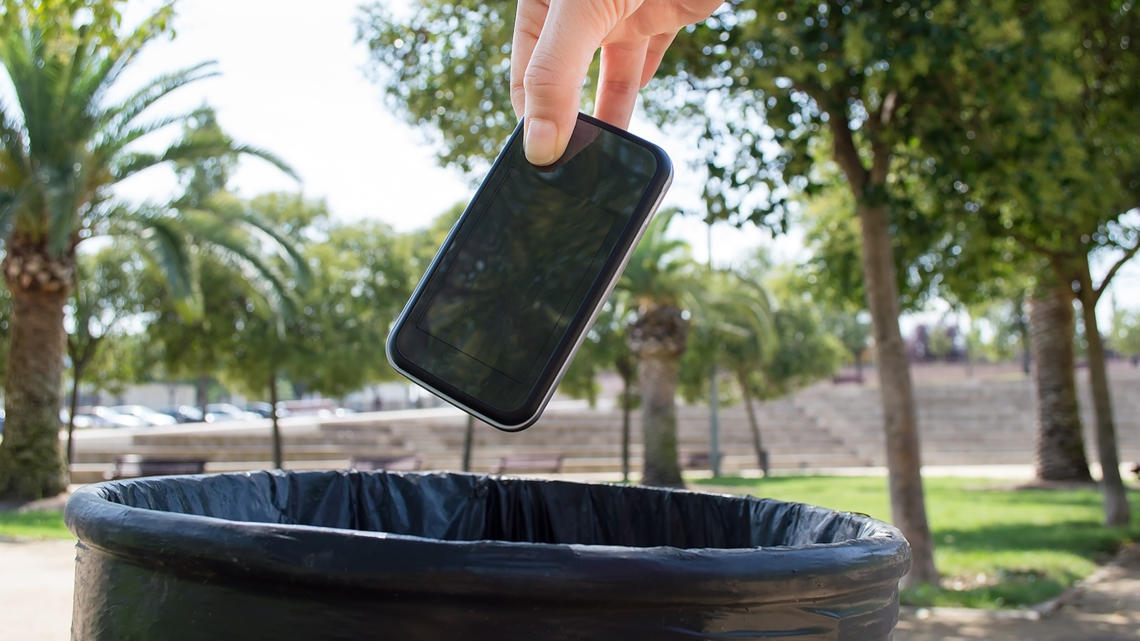In a circular economy, well-being is no longer based on increased manufacturing and goods. Instead, products are shared, rented, repaired, maintained, upgraded, recycled and reused with the help of various services and digital solutions. Consumption does not end but becomes more sustainable.
A shift from owning goods to using services can be advanced through producer ownership models: new business models in which companies act as owners of products throughout product life cycles.
A new study “Rethinking ownership” by Sitra and Demos Helsinki introduces such new business models and lists the changes needed in the operating environment and in policy for producer ownership to proceed. It also details the actions required of companies transitioning to producer ownership models.
The study is based on interviews with representatives of companies that make use of producer ownership models and with decision-makers and circular economy business model experts.
“To tackle the overconsumption of natural resources, we need to move from owning goods to using services – we need to rethink ownership”, said Riku Sinervo, circular economy specialist at Sitra.
“Today, we own a lot of goods with short life spans and low usage rates. In a circular economy it will be the other way around – we own fewer goods, but the goods have long life spans and high usage rates. Producer ownership models make this possible.”
Producer ownership models
In producer ownership models, the customer shifts from owning materials or products towards using, sharing, borrowing and renting them.
Ownership remains with the manufacturer, or company, which remains responsible for the product throughout its life cycle.
There are four producer ownership models. A change in ownership can also be advanced through sharing platforms and digital solutions. The operations of companies can combine elements of producer ownership and the traditional sale of goods.
Product-as-a-service
The customer rents or leases the product instead of buying it. The service provider owns the products and is responsible for their maintenance.
Materials-as-a-service
The manufacturer of the materials produces and owns the materials, but the customer is responsible for their use.
Performance-as-a-service
The customer buys a “performance” instead of owning a product.
Function guarantee
A lifetime warranty for a product, with the producer taking responsibility for the product’s maintenance and longevity.
Deposit systems that ensure that products are returned from the customer for subsequent reuse, remanufacture, repair or use as raw material in production.
Sharing platforms and digital solutions
Digital sharing platforms and solutions that make it possible to increase the usage rate of goods and other resources through renting and sharing.
Impetus for linking environmental aims and financial rewards
Producer ownership models bring many opportunities for companies.
“Both business-to-business and business-to-consumer customers are asking for sustainable and circular solutions”, said Marleena Ahonen, circular economy specialist at Sitra.
“By applying these new models now, companies can be forerunners and pursue both economic and environmental benefits.”
One of the key advantages is the opportunity to establish closer customer relationships. This arises mainly from a company providing user-centered services and taking ownership of materials or products even when they are used by a customer.
Another key element of producer ownership is resource wisdom, which refers to the ability to make carefully considered and sustainable use of resources.
For example, the product-as-a-service model and the function guarantee model have built-in incentives for designing durable and resource-efficient products and ensuring that their lifespan is as long as possible.
Companies are also motivated to design products with a long life cycle if they can offer them to another customer after their first use. This leads to potential positive environmental impacts by keeping products in use for as long as possible and increasing their use during the life cycle.
Opportunities on the horizon
Making the shift to producer ownership is possible. Pioneering companies are already applying circular economy business models and there are examples of successful circular economy businesses in Finland and internationally.
The EU already has several legislative initiatives under way that support producer ownership models.
The Sustainable Product Policy Framework includes various legislative initiatives that support a change in ownership. The legislative initiative aimed at expanding the EU Ecodesign Directive is geared towards making products in the EU internal market more sustainable through such things as reusability, repairability, recyclability and energy efficiency.
But the major change, where businesses adapt their operations to the earth’s carrying capacity, is still a long way off. The transition towards rethinking ownership can be accelerated by smart decision-making and the right incentives.
The study “Rethinking ownership” has been produced in parallel to the broader Project LAUNCH by the SUN Institute, SYSTEMIQ and University College London.
Project LAUNCH is a three year project focusing on barriers to the adoption of the circular economy and producer ownership among companies in the European Union, as well as on ways to promote the implementation of the related operating models.
This article was originally published by SITRA


